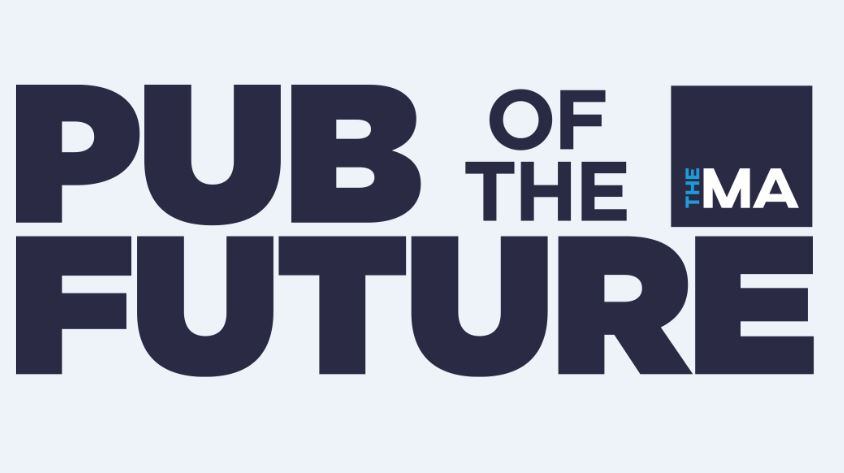The Safe Reopening of Hospitality report, which was commissioned by UKH from CGA, stated businesses in the sector were not significant areas of Covid transmission in 2020 and argued they should be central to reopening plans this year.
The study claimed the hospitality market said a 54% fall in sales in 2020 – equivalent to £71.8bn in sales lost compared to 2019.
It also said reports linking the Eat Out to Help Out scheme to a surge in coronavirus cases were linked to a “single, discredited study”.
The research cited how the trade is a leading sector in its experience and ability to follow and enforce strict legal requirements, the proactive and voluntary steps taken by hospitality venues and how well-placed the sector is in providing adequate ventilation – something that has been advised by scientific experts.
It took three steps that account for virus transmission – direct contact with someone who has the virus, indirect contact via surfaces that have the virus on them and contact for the virus suspended in the air and showed how hospitality venues take action to avoid this.
This included social distancing in outlets and signing of NHS Test & Trace, rigorous cleaning protocols and the use of mechanical ventilation or natural ventilation.
On the latest report, UKH chief executive Kate Nicholls said: “The result of the lockdowns and the restrictions placed on the sector last year was crippling. Business was devastated to an extent hitherto unimaginable. Many businesses are barely surviving and cannot afford another year with restrictions on the scale of 2020.
“Reopening has to be done correctly at the first time of asking. A barrier to that could be the incorrect assumption our businesses pose a risk to public health."
Not a significant area of transmission
She added: “We know hospitality businesses are safe and all the data has shown we are not a significant area of transmission.
“This report is a vindication of everything we have been saying and a forceful argument for allowing us to reopen and welcome back our customers.
“Hospitality can lead the economic recovery of the country. We can provide jobs to people who have lost them and host millions who are desperate for some enjoyment after a torrid year.
“This report shows we can do it safely too. The Government should take note and ensure it allows hospitality to reopen as soon as it is safe to do so.”
This follows research from the University of Stirling, which looked at 29 licensed premises in Scotland last summer.
It found incidents of “greater concern” at 11 sites such as “customers shouting, embracing or repeatedly interacting closely with several households” where behaviour of this ilk was not addressed by staff.
Findings were blasted by trade bodies, which highlighted other research showing very little incidences of transmission in hospitality venues.
At a virtual House of Commons Science and Technology Committee last month (Wednesday 27 January), public health director in Sheffield Greg Fell and his counterpart in Staffordshire Richard Harling said transmission mostly happened in people’s homes.
Isn't a huge risk
Fell told MPs: “Most of the transmission events are households, within households, or household to household transmission.
“Hospitality doesn’t crop up as a terribly big risk on our radar. Certainly when we look at the common exposure dataset, hospitality certainly isn’t a huge risk.
“There will have been transmission in hospitality but it is certainly nowhere near the top of my risk radar.
“Back in the summer and autumn, once you put transmission between household members aside, the next most important one was transmission between different households.
“Hospitality did feature but much lower down the list. At the moment, with hospitality closed, our main one now is other businesses, [and] other workplaces.”
In October of last year, a survey from trade bodies claimed only 1% of respondents to a poll said their venues were linked to NHS Test and Trace contact incidences.
At that time, the latest Public Health England data for 22 October showed hospitality venues were linked to just 2.7% of coronavirus cases for the period.
In October, pubs were open with Covid-secure restrictions such as face masks, social distancing and the 10pm curfew.
A tier system was also in place in October with many pubs facing a ban on household mixing indoors alongside national baseline restrictions before the country was locked down, with pubs forced to close for the second time in 2020 in November.
Some 22,500 pubs, bars and restaurant venues were represented in the poll carried out by UKHospitality, the British Institute of Inkeeping and the British Beer and Pub Association (UKH, BII and BBPA respectively).
The findings from the survey of the organisations’ members, conducted by CGA, showed that of the collective venues, just 275 Test and Trace contact incidences were reported, equating to 1% of all outlets surveyed.




